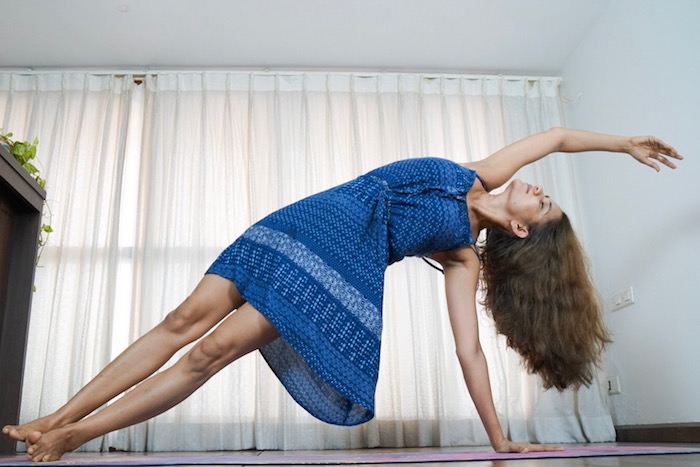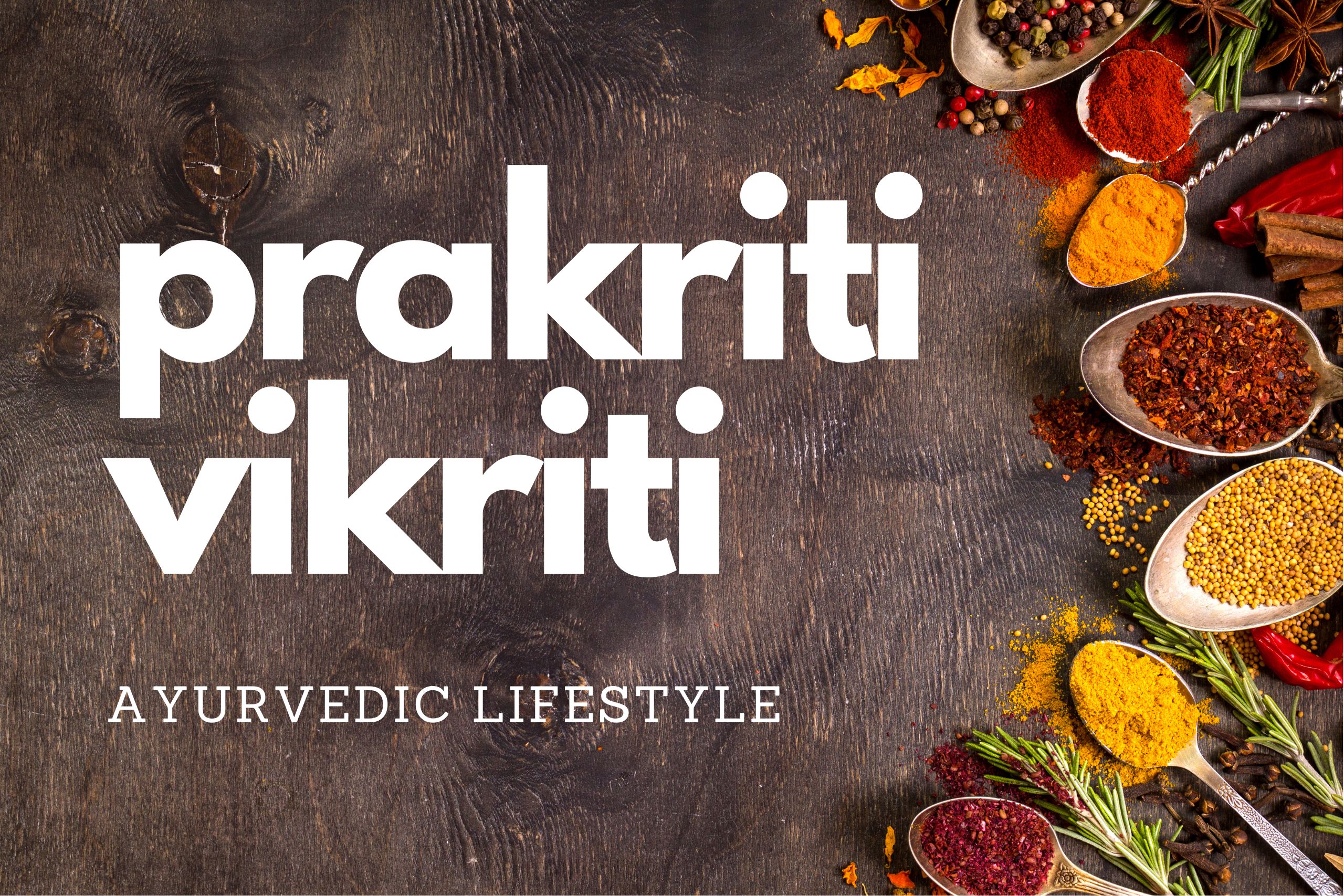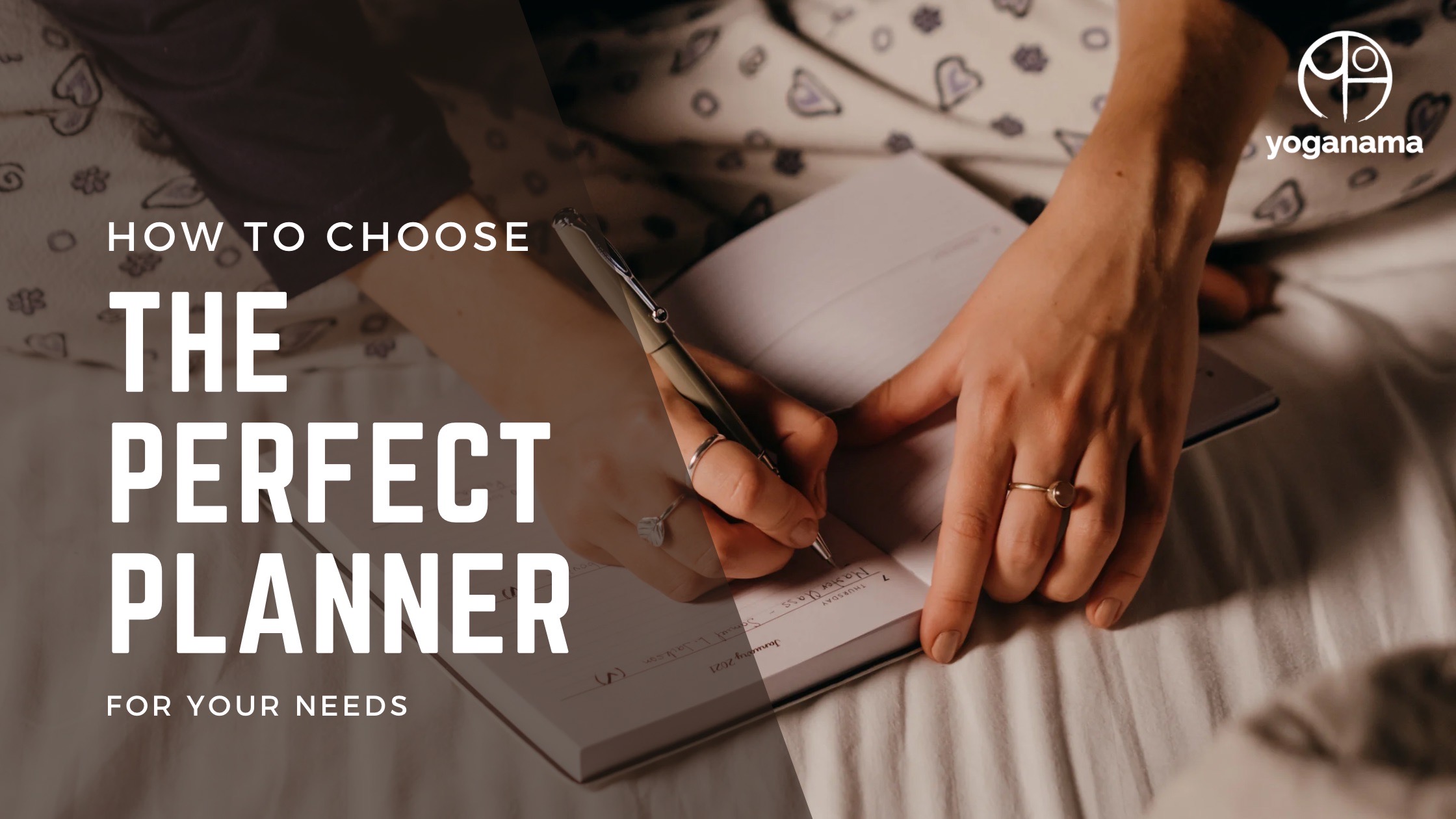Yoga and Ayurveda are sister sciences, and both are integral to a healthy lifestyle. Ayurveda gives us a strong foundation in terms of good physical health and Yoga helps us advance in our spiritual journey. Ayurveda also helps us choose the right style of Asana practice that suits our inherent nature. It believes that everyone has a unique physical constitution and mental temperament – therefore everyone’s requirements will also be different, and one type of diet or the same lifestyle cannot be equally applicable to all.
Therefore, in Ayurveda, people are classified as per their predominant qualities, known as doshas and are advised individually based on that. These Doshas are three in number and are called Vata, Pitta, and Kapha. They primarily represent the wind, fire and water elements and are responsible for movement, transformation, and stability in the body. To know more about Ayurvedic doshas, please read my article here.
Just like diet, lifestyle, and herbs, even asana recommendations are given to a person as per their dominant dosha.
Yoga for Vata constitution

Vata represents the air element which creates movement and rhythm. It governs the process of walking, breathing, intake of food, transporting nutrients, eliminating waste, etc. It is the force that moves things around. Excess Vata in the body often results in an erratic heartbeat, poor breathing, pain, gas, etc. Emotionally it can make us anxious, fearful and restless – essentially our thoughts overtake us like a whirlwind.
- Vata also has the quality of dryness which results in stiff joints and arthritis. Hence, they need Asana practice more than any other dosha type.
- Vata types should warm up well to improve circulation as they tend to be stiff in the mornings as well as winters
- They should avoid excessive movement-based asana practices like Vinyasa and instead choose a grounded yoga practice which focuses on holding the poses and transitions through them slowly and mindfully.
- As Vata tends to accumulate in the colon, and to release it, they should include all types of spinal movements in their practice, and specifically, twisting and side bending poses
- Forward bending poses like Uttanasana (Standing forward bend), Paschimottanasana (seated forward bend) and Janushirshasana (Head to knee pose) are very relaxing for the mind and have a reducing effect on Vata. Even inversions help release excess Vata
- Standing balancing poses like Tadasana (Palm tree pose), Vrikshasana (Tree pose), Utkatasana (chair pose) are great to counter the effects of Vata as they promote stability and mental equipoise.
- Advanced Balancing poses like Utthita Prasarita Padottanasana particularly help Vata people as it forces them to focus and concentrate at one point rather than being all over the place with their thoughts.
- Diet: Vata types do best with a heavy and wholesome diet which can include milk, ghee, rice, etc. Salads and raw foods tend to make them constipated and gassy.
- Time: Vata needs warmth, and they should practice in a comfortable room which is not cold or damp. Their body may be too stiff in very early hours of the morning and hence a good time is between sunrise and 10 am.
Vata types should focus on building strength as air is light and mobile in nature, so their joints too tend to be hypermobile and more prone to injuries. Mostly, they need to slow down and enjoy the moment.
Yoga for Pitta constitution

Pitta predominantly represents the fire element, but it also has some water – if it were pure fire it would burn through our tissues. For instance, the hydrochloric acid in our stomach is a pitta product as it is ‘fire in a liquid form.’ Fire generates heat and light and thus gives warmth, digests our food, brings clarity in thinking and gives us higher perception. In excess, pitta manifests as ulcers, inflammation or fever in the physical body. Emotionally it makes us prone to anger and irritability. Pitta types also tend to be very intense and passionate about what they do, which makes them very competitive.
- Pitta types sweat a lot from their internal heat hence their practice needs to be cooling with frequent breaks.
- As they’re ambitious, they need to control the urge to be better than everyone in asanas – they can, in fact, benefit a lot from partner yoga practices.
- Because they’re aggressive, they need to make sure their practice doesn’t become an ironman workout. They tend to self-critical and should be mindful of that.
- Fire lives in the middle of our body and large intestine – Gentle backbends which are not held for very long like Bhujangasana (Cobra Pose), Dhanurasana (Bow Pose), Ushtrasana (Camel Pose) can be practiced as they have a cooling effect once we come out of them. Intense backbends are helpful in moderation but can provoke pitta – so repeating them a few times is better than holding them for too long.
- Most seated postures like Baddhakonasana (Bound angle pose), Siddhasana (Adept’s pose) and Virasana (Hero’s pose) have a reducing effect on pitta.
- All forward bends and especially Yogamudrasana (yoga seal) is very useful in calming the fire element. Inversions like Halasana (plow pose) and Shitali pranayama type nurturing and cooling practices benefit pitta. However, Shirshasana (Headstand) is not recommended for excess Pitta people, as they’re already very hot headed!
- Diet: Their digestive fire is already, so they don’t need spicy food. They can instead flavor their dishes with coriander, cumin, fennel, etc. A diet of Green juices, fruits, raw vegetables, grains and a little bit of dairy works well.
- Time: They should not practice when the sun is at its peak. Cool hours of morning and evening are best.
A Pitta reducing practice should be well interspersed with frequent periods of rest and deep breathing. Care should be taken to stay hydrated as pitta creates excess sweating which can result in dehydration or electrolyte loss. Pitta types need to choose moderation and focus on cooling down.
Yoga for Kapha Constitution

Kapha represents the water and earth elements, and it has the quality of cohesiveness or keeping things together. It represents stability, heaviness, and cold. It is in the mucous lining of our organs and even lubricates our joints. Physically it gives us a sturdy build, nourishment and sustains life. Emotionally it brings harmony to mind and creates a warm disposition. However, in excess, it can produce excess weight gain and laziness physically, and a tendency towards over attachment and closed-mindedness emotionally.
- Because Kapha people are stable and have firmly established joints, so alignment-based practices are beneficial for them.
- Strong bones also mean they should not push themselves into advanced postures but must work very slowly. They should accept the heaviness of earth and water and not struggle to be skinny or mobile like Vata types.
- Kapha types can do the dynamic vinyasa type practices, but they must build capacity slowly and gradually. Kapha has a tendency towards blockage and heart disease so sudden high-intensity workouts can be dangerous for them.
- Moreover their ‘cold’ quality needs warmth to cut through, and therefore they need to include intense practices that increase internal heat. But they should be careful and patient.
- Kapha likes to settle around stomach and thighs Vinyasa Yoga or Nauli Kriya suit them well if there’s no heart issue. Forward bends are generally kept minimal.
- They also have a tendency towards lethargy which can be broken with a yoga session in which they are continuously kept moving with some introduction of complicated postures in between to keep them mentally alert and interested.
- Ardha Chandrasana (Half-Moon Pose), Virabhadrasana III (Warrior Pose), inversions like Sirasana (Headstand) and Pincha Mayurasana (forearm stand) and most backbends like Urdhva Dhanurasana (Wheel Pose), and Eka Pada Rajakapotasana (Pigeon Pose) are great for reducing Kapha. Unlike Pitta, Kapha types can hold their backbends for a longer time.
- Diet: Kapha metabolism is sluggish, so spices and hot foods are welcome. Salads and raw vegetables are also recommended as they decrease excess tissue. Fruits should be kept to a minimum.
- Time: Morning and evening practice is right for them – but they tend to be slow risers, so the earlier they start, the better. They may need a cup of coffee or tea and a loud alarm clock or two to get started.
Kapha types should focus on building stamina and increasing mobility. Due to the excess earth element, they tend to move less and often get attached to their existing way of life. Change is hardest for them and introducing frequent posture change in their practice helps them adapt.
Surya Namaskara (Sun Salutations)
The most active or vigorous forms of Sun Salutations are recommended for Kapha type people. But they should build their stamina slowly and practice consistently. Vata and Pitta should do Sun Salutations at a slow and moderate pace. Pitta must ensure they don’t overwork themselves and should take regular breaks. Vata types should ensure they spend more time holding the position than moving in and out of them.
Important note on seasonality
We must also bear in mind that the doshas are never static and their influence on us keeps changing. The body and mind are continually interacting and responding to our environment, the season, changes in lifestyle and also any diseases or ailments. For example, irrespective of our constitution if we have cold and congestion, we can benefit from a Kapha reducing practice. Or if we’ve been traveling and have been airborne for many hours – then definitely we should not get into a vinyasa class which is focused on constant movement. We will only come out more disoriented.
Conclusion
The good thing is these concepts are very intuitive. All we need is to listen to the body and our instincts. Trouble comes when we continuously keep pushing ourselves in one direction against the body’s needs and demands. Injuries, fatigue, disinterest, lack of results are all signs that we are going against our inherent nature or constitution. Instead of blindly following the pack or any latest fad – identify what makes you feel good, energized and relaxed and follow that consistently. That’s just what Ayurveda’s approach to yoga is – to create a balance between the body and mind by addressing the particular needs of our unique temperament on a given day.







